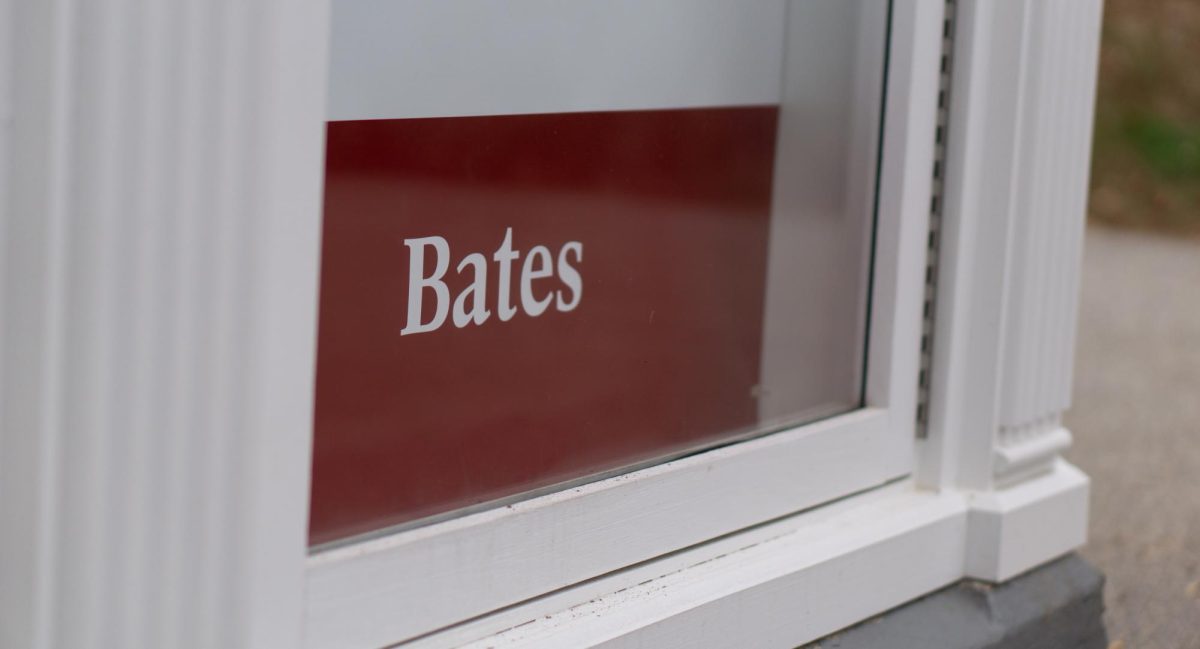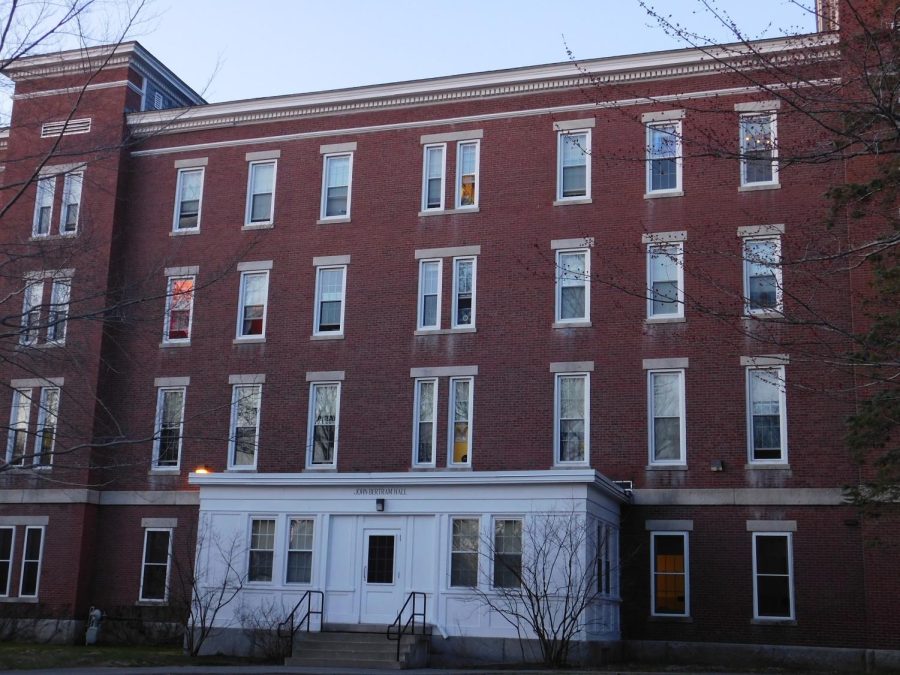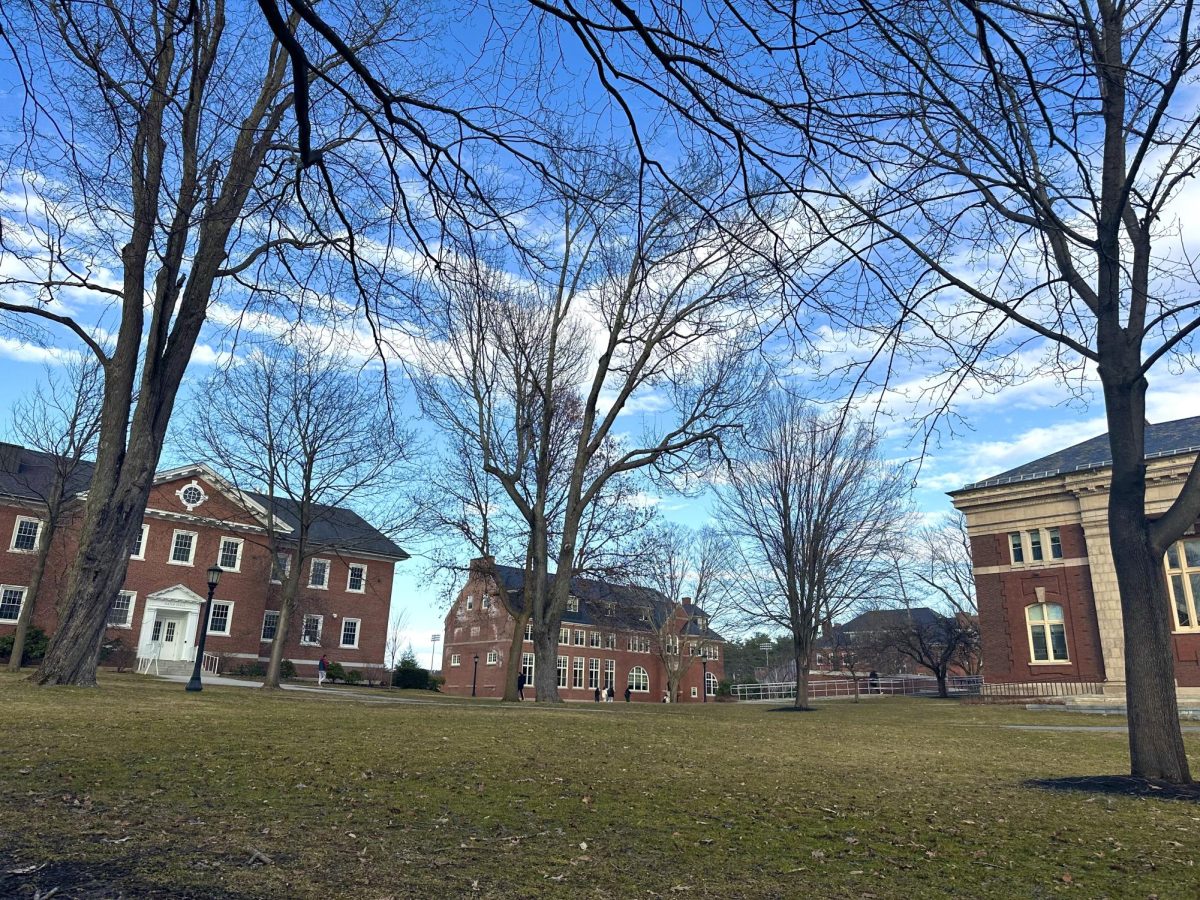 Last week a fine critique was done praising the film version of Victor Hugo’s masterpiece Les Miserables. I had seen the film the week before and I had a more mixed impression of it. In summary, without giving anything away, Les Miserables is a story that stays true to its own title; a tale of misery, loss, injustice, and poverty.
Last week a fine critique was done praising the film version of Victor Hugo’s masterpiece Les Miserables. I had seen the film the week before and I had a more mixed impression of it. In summary, without giving anything away, Les Miserables is a story that stays true to its own title; a tale of misery, loss, injustice, and poverty.
It follows the life of prisoner Jean Valjean, whose past, in the form of Inspector Javert, comes back to haunt him as he tries to turn his life around and do good. His destiny intertwines with those of other memorable, miserable characters such as the self-sacrificing Fantine and her Cinderella-like daughter Cosette. This all takes place with an air of revolution and rising modernism in the background.
Undeniably the costume and makeup in this film capture the flavor of what 19th century France must have been like. Most people who study a certain amount of history would know that most mainstream films glamorize and clean up the atmosphere of past societies for aesthetic purposes. But here all small details that are usually overlooked in other films are accounted for; the dirty teeth, sweaty faces marred by disease and injury, the poor sanitation and general everyday hardship. The performances were truly heartfelt and raw in a way rarely seen with such long close-ups.
That being said, my first problem with the film is the singing. Yes, yes I knew I was paying for a musical at the box office but it was terribly overdone. I did not expect that every minor or major conversation would have to be belted out.
In a desperate effort to do so, a lot of the singing had no proper tune and the lack of rhyming in some places threw me off. No, it is not necessary to sing “My name is Marius…And mine is Cosette”. They do not rhyme and they are not a song. It was quite cringe-worthy, exhausting and distracting.
Musicals like the Disney cartoons and The Sound of Music balance proper conversation and melody so that when the songs actually come up they have a better impact on the audience.
Anne Hathaway’s Fantine was in many ways the most interesting part of the story, but once she died things just went downhill from there as the story dived into a prolonged cat and mouse chase between Javert and Valjean.
The highpoint of the film was Hathaway’s very raw rendition of “I dreamed a Dream.”It was a hair-raising scene of desperation from a woman who has sunk so low for the sake of her daughter. However, I would have preferred it if overall the crying had been toned down. She seems to be in tears for the full 10 minutes or so she is on screen. I understand that her condition is worth many tears but I would have preferred if they had presented Fantine as a stronger, less self-pitying character so that when she does cry, it pierces the heart.
I would not critique Valjean’s character too much since he was written by Victor Hugo and not the screenwriters of the film but he was just too good to be true; almost impossibly so when he did good deeds to people who deserved worse.
The highpoint of comedy came from the despicable Thernadiers played by Helena Bonham-Carter and Sacha Baron Cohen (of Borat fame). I got out of my seat to get popcorn and when I came back, those young French revolutionists were still singing out their plans to overthrow the aristocracy and the actual execution of their plans was no short deal either. And no, this is not the actual French revolution of 1793; it was the schoolboy version of the same concept from a later date. Thankfully, that anticlimactic climax ended in a touching way when, after Valjean’s death, all the deceased characters stand together triumphant at their barricade singing of freedom and justice.
So overall the film was not quite as spectacular as it is hyped to be. But all films are subject to taste, whether you take Darjeeling and I, Earl Grey. Generally my problem with the film was balance, drag, and exaggeration. It could have been a much shorter piece with more striking elements to it and more developed characters. I say the characters were underdeveloped because most of them played with the standard persona stereotypes, that is, the villain, the hero, and the damsel in love.








